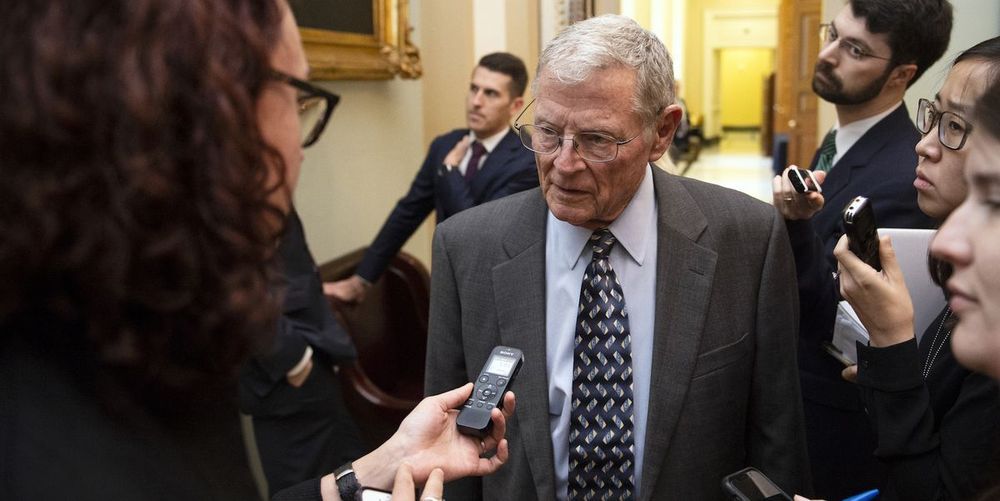This Is-Real!!! Israeli pharmaceutical company, Teva, has announced that they will donate more than 6 million tablets through wholesalers to hospitals across the United States, from March 31.
As the coronavirus is spreading across the world, and the number of people infected is increasing everyday, there is an urgent need to find treatments against COVID-19 that could reduce complications and improve recovery. Recently, the Israeli Health Ministry has approved multiple experiment treatments, and companies worldwide are attempting to determine what could be used to treat COVID-19.
As such, Israeli pharmaceutical company, Teva, has announced that they will donate more than 6 million doses of hydroxychloroquine sulfate tablets through wholesalers to hospitals across the United States, from March 31. Over 10 million tablets are expected to be shipped within a month.









